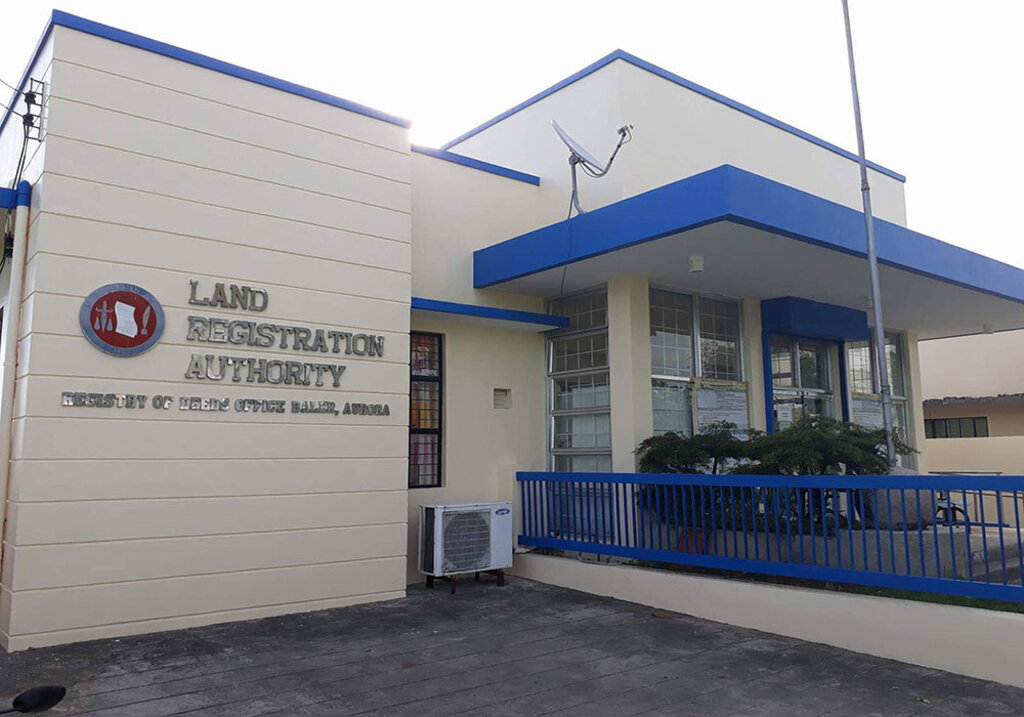The process of transferring a land title in the Philippines typically takes between 5 to 12 weeks, depending on various factors like document preparation, tax clearance, and registration.

Prerequisites for Transferring Land Title
Required Documents
To successfully transfer a land title in the Philippines, you need to prepare several documents. These include:
- Original Land Title: The Original Certificate of Title (OCT) or the Transfer Certificate of Title (TCT) must be in the name of the seller.
- Deed of Absolute Sale: This legal document shows proof of sale and should be notarized.
- Tax Declaration: This outlines the current property tax commitments and should be up-to-date.
- Clearance from the Homeowner’s Association: If the property is part of a subdivision or a condominium, clearance is generally required.
- ID of the Seller and the Buyer: Government-issued IDs for verification.
- Birth Certificate or Marriage Contract: To verify the civil status of the involved parties.
- Certificate of No Improvement: For lands without any building or structure, this certificate is usually required.
Verifying Land Ownership
Verifying land ownership is a crucial step before initiating the title transfer. Here are steps you can follow:
- Check the Title: Make sure that the land title is clean and free from any liens or encumbrances.
- Confirm with Registry of Deeds: Visit the local Registry of Deeds to cross-check the title details.
- Inspect the Property: Make an actual visit to the property to ensure it matches the description in the documents.
- Verify the Seller’s Identity: Confirm that the seller is the legitimate owner of the property as described in the title. Government-issued IDs and other legal documents should match.
- Consult Public Records: You may also consult the cadastral maps, and other public records to verify ownership.
- Tax Verification: Confirm that all real estate taxes are paid up-to-date. You can check this with the local government’s tax department.
Key Steps in Transferring Land Title
Notarization of Deed of Sale
The first essential step in the land title transfer process is getting the Deed of Absolute Sale notarized. Here’s how you can go about it:
- Draft the Deed of Sale: Prepare the Deed of Sale document outlining all transaction details like sale amount, payment terms, and property description. Make sure both buyer and seller review the document carefully.
- Sign the Document: Both the buyer and the seller should sign the deed of sale in the presence of a Notary Public.
- Submit to Notary Public: Take the signed document to a Notary Public for official notarization. This usually involves a fee and the stamping of the document.
- Retrieve Notarized Document: Once the notary process is complete, secure the notarized document as you will need this for future steps.
Notarization renders the deed of sale legally binding and is an obligatory part of the land title transfer process in the Philippines.
Bureau of Internal Revenue (BIR) Clearance
After notarization, the next important step is to secure tax clearance from the Bureau of Internal Revenue (BIR). Here’s how:
- Submit Documents to BIR: Provide the BIR with a copy of the notarized Deed of Sale, along with tax declarations and other required documents.
- Pay Necessary Taxes: You’ll be asked to pay capital gains tax or creditable withholding tax, depending on the nature of the transaction. You also need to pay the documentary stamp tax.
- Receive Clearance: Once all payments are confirmed, BIR will issue a Certificate of Clearance, which is essential for the next steps.
Registration with the Land Registration Authority (LRA)
The final leg of the process is registering the change of ownership with the Land Registration Authority. Here’s the procedure:
- Submit Required Documents: Present the BIR clearance, the notarized Deed of Sale, and other essential documents to the Registry of Deeds in your jurisdiction.
- Pay Registration Fee: There’s a fee to be paid to the LRA, the amount of which varies depending on the property’s assessed value.
- Receive New Title: Upon successful verification and fee payment, a new title will be issued in the name of the buyer.

Timeframes for Each Step
Time Taken for Notarization
Notarizing the Deed of Absolute Sale is usually quick but can take longer depending on various factors. Here’s what you can expect:
- Appointment Scheduling: If the Notary Public is in high demand, you might have to schedule an appointment, which can take 1-3 days.
- Document Review and Signing: The review and actual signing can take a few hours, especially if all parties thoroughly read the document.
- Notary Process: Once the deed of sale is signed, notarization itself usually takes around 1-2 business days.
BIR Clearance Timeline
Obtaining clearance from the Bureau of Internal Revenue (BIR) often takes the longest in the land title transfer process. Here’s a breakdown:
- Document Submission: Once you’ve gathered all the required documents, submission to the BIR may take a day.
- Assessment and Payment of Taxes: After submission, the BIR assesses the taxes due, which can take up to a week.
- Issuance of Clearance: Once the BIR receives the tax payments, it usually takes another week to issue the Certificate of Clearance.
LRA Processing Time
Finally, registering the title with the Land Registration Authority (LRA) is the last step. Here’s what to anticipate:
- Document Submission: The initial submission to the Registry of Deeds usually takes a day.
- Verification and Assessment: This process usually takes between 1 to 2 weeks, during which the LRA verifies all submitted documents and assesses the registration fees.
- Issuance of New Title: After successful verification and payment, the new title is usually ready within another week.
Common Delays and How to Avoid Them
Incomplete Documents
One of the most frequent causes of delay in land title transfers is the lack of complete documents. Missing even a single required document can halt the process.
- Create a Checklist: Before starting the process, create a detailed checklist of all required documents. Confirm the list with a legal advisor if necessary.
- Verify Each Document: Double-check every document for accuracy and completeness.
- Keep Multiple Copies: Always maintain multiple copies of each document, both in digital and physical formats, to avoid any last-minute panic.

Pending Litigations
Another common reason for delays is the presence of any legal disputes or litigations involving the property.
- Conduct a Background Check: Before entering into any transaction, make sure to investigate whether the property is part of any legal disputes.
- Consult the Registry of Deeds: Confirm with the local Registry of Deeds to ensure there are no encumbrances or litigations on the property.
- Seek Legal Advice: If there are any concerns about potential or existing litigations, consult a legal advisor to understand how to proceed.
Getting clarity on any litigations or legal issues beforehand can save a lot of time and hassle later.
Property Survey Delays
Sometimes, delays occur due to issues related to the property survey. This can include boundary disputes or issues with property markers.
- Get a Pre-Sale Survey: Before putting the property on the market or agreeing to buy, obtain a certified property survey.
- Verify the Boundaries: Make sure both parties agree on the property boundaries as outlined in the survey.
- Resolve Discrepancies Early: If there are any discrepancies between the property description in the title and the actual land, resolve these issues before initiating the title transfer process.